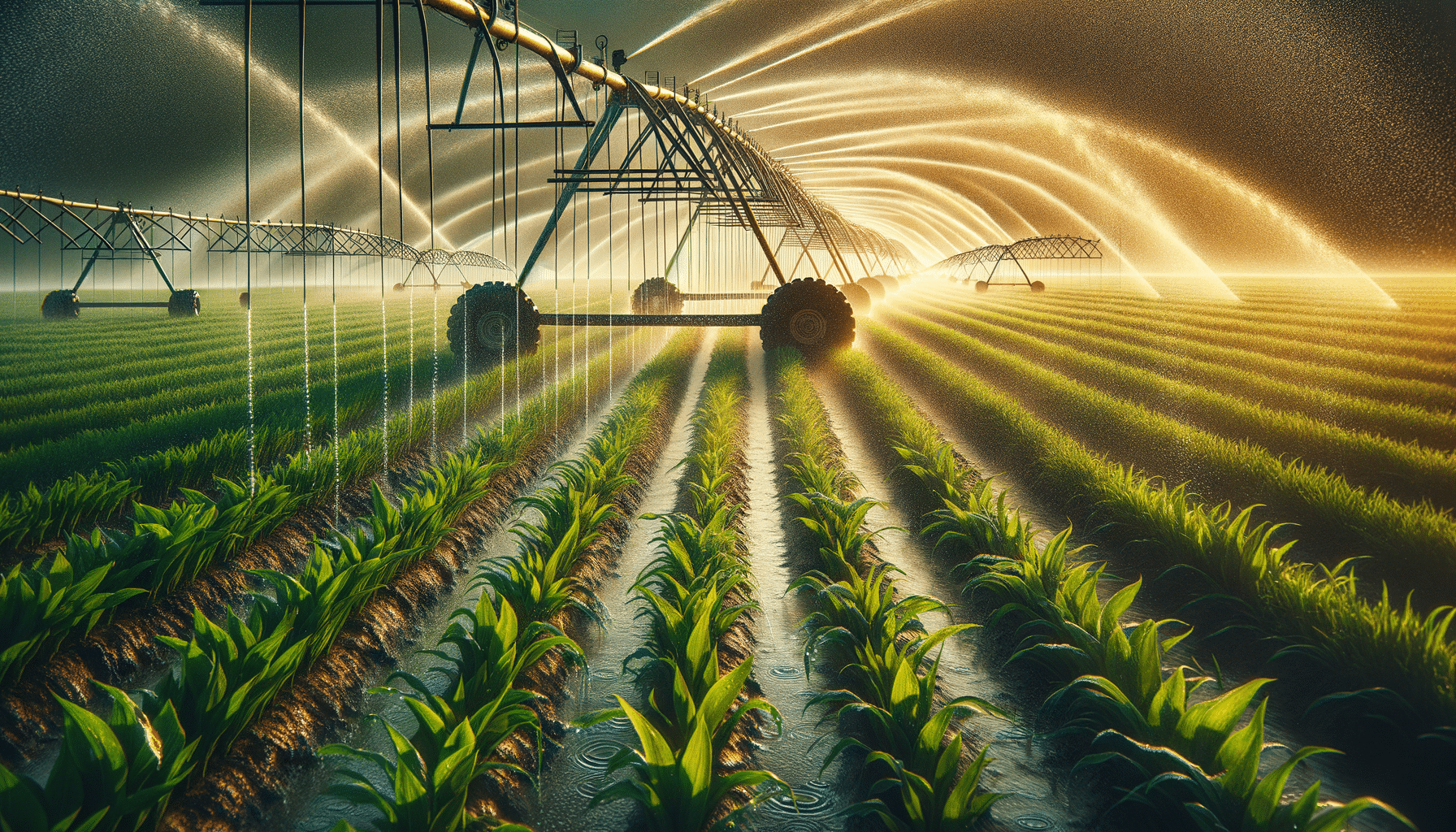
Irrigation Sprinklers
Introduction to Irrigation Sprinklers
Irrigation sprinklers play a crucial role in modern agriculture and landscaping, providing an efficient and automated way to water large areas. These systems are designed to distribute water evenly across fields or gardens, ensuring that plants receive the moisture they need without over-watering or wasting resources. As water conservation becomes increasingly important, the relevance of irrigation sprinklers in sustainable farming and gardening practices cannot be overstated. This article delves into the various aspects of irrigation sprinklers, exploring their types, benefits, and considerations for effective use.
Types of Irrigation Sprinklers
Irrigation sprinklers come in several types, each suited to different watering needs and environments. The most common types include:
- Fixed Sprinklers: These are stationary units that deliver water in a fixed pattern. They are ideal for small gardens or lawns where consistent coverage is needed.
- Rotary Sprinklers: These sprinklers rotate to cover a larger area and are suitable for medium to large lawns. They offer adjustable spray patterns and are known for their efficiency.
- Impact Sprinklers: Popular in agricultural settings, impact sprinklers use a hammer-like mechanism to rotate the sprinkler head, providing a wide coverage area.
- Drip Irrigation Systems: While not a sprinkler per se, drip systems are an integral part of irrigation, providing slow, targeted watering directly to plant roots, minimizing evaporation and runoff.
Each type of sprinkler system has its own advantages and is chosen based on factors such as area size, plant type, and water availability.
Benefits of Using Irrigation Sprinklers
The use of irrigation sprinklers offers numerous benefits that enhance both agricultural productivity and garden maintenance:
- Water Efficiency: Sprinklers can be programmed to water at optimal times, reducing water usage and minimizing evaporation losses.
- Time-Saving: Automated systems free up time for gardeners and farmers, allowing them to focus on other tasks.
- Healthier Plants: Consistent and even watering promotes healthier plant growth, leading to better yields in agricultural settings and more vibrant gardens.
- Customization: Modern sprinklers offer programmable settings, allowing users to tailor watering schedules and patterns to specific needs.
By incorporating these systems, users can achieve a balance between resource conservation and plant health, contributing to sustainable practices.
Considerations for Effective Sprinkler Use
To maximize the benefits of irrigation sprinklers, several considerations should be taken into account:
- Soil Type and Plant Needs: Different soils have varying absorption rates, and plant types have specific water requirements. Adjusting the sprinkler system to these factors is crucial.
- System Maintenance: Regular maintenance ensures the system operates efficiently, preventing leaks and clogs that can lead to water waste or uneven watering.
- Weather Conditions: Monitoring weather forecasts can help in adjusting watering schedules, avoiding over-watering during rainy periods.
- Investment Costs: While the initial investment in a sprinkler system can be significant, the long-term savings in water and labor often justify the expense.
By considering these factors, users can optimize their irrigation systems for maximum efficiency and effectiveness.
Conclusion: The Future of Irrigation Sprinklers
As environmental concerns grow, the role of irrigation sprinklers in conserving water and promoting sustainable agricultural and gardening practices becomes increasingly vital. Innovations in technology continue to enhance the efficiency and effectiveness of these systems, making them an indispensable tool for both small-scale gardeners and large-scale farmers. By understanding the various types, benefits, and considerations for use, individuals can make informed decisions that contribute to a more sustainable future.


